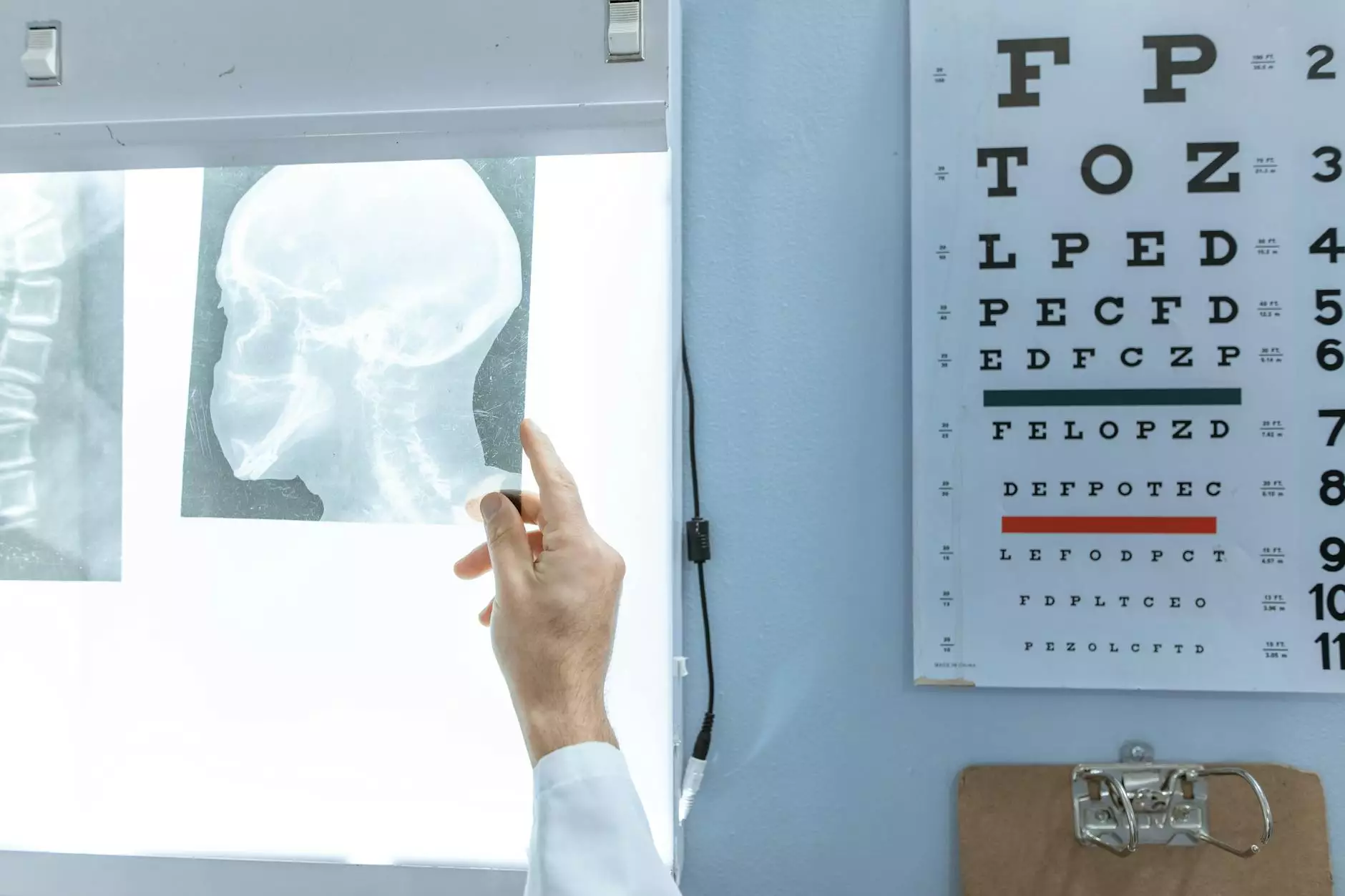Lung Cancer CT Scan: A Comprehensive Guide to Diagnosis and Support

Lung cancer is one of the most prevalent forms of cancer worldwide, making it crucial to understand the diagnostic processes used to identify this disease. A lung cancer CT scan plays a vital role in diagnosing and managing lung cancer. This article will delve into the specifics of lung cancer diagnosis, the CT scan procedure, its benefits, and how healthcare professionals contribute to patient care.
What is a Lung Cancer CT Scan?
A lung cancer CT scan, or computed tomography scan, is a advanced imaging technique that allows healthcare professionals to create detailed cross-sectional images of the lungs and surrounding tissues. It is especially instrumental in identifying lung tumors, assessing their size, and determining if cancer has spread.
How Does a CT Scan Work?
The CT scan uses X-ray technology and sophisticated computer software to produce high-quality images. Patients lie on a table that slides into the CT machine. As the machine rotates around the patient, it captures numerous images from different angles, which a computer then compiles into a detailed image of the lungs.
The Importance of CT Scans in Lung Cancer Diagnosis
The lung cancer CT scan is paramount for several reasons:
- Early Detection: CT scans can detect lung cancer at an earlier stage than conventional X-rays, significantly improving treatment outcomes.
- Volume Measurement: They allow for precise measurement of tumors, helping doctors to determine the best course of action.
- Spread Assessment: CT scans can reveal whether cancer has spread to surrounding lymph nodes or other organs, crucial for staging the cancer.
- Guidance for Biopsy: In some cases, CT imaging helps guide biopsy needles to obtain tissue samples from suspicious areas.
Preparing for Your Lung Cancer CT Scan
Preparation for a lung cancer CT scan is typically straightforward. However, there are a few essential steps to follow:
- Consult Your Healthcare Provider: Discuss any medications you are taking or health conditions you might have.
- Inform About Allergies: If you have allergies, particularly to contrast material or iodine, notify your doctor.
- Wear Comfortable Clothing: Loose-fitting clothes may be recommended, as you might have to change into a hospital gown.
- Fasting Instructions: You may need to avoid eating or drinking for a few hours before your scan, especially if a contrast dye is used.
The CT Scan Procedure: What to Expect
Understanding what happens during the lung cancer CT scan can help alleviate anxiety:
- Positioning: You will lie down on a movable table, which will position you inside the scanning machine.
- Contrast Material: In some cases, you may receive an intravenous contrast material to enhance the images. This may produce a warm sensation.
- Breath-Holding: You might be instructed to hold your breath briefly during the scan to obtain clear images.
- Duration: The entire process usually lasts about 30 minutes, but the actual scanning time is often just a few minutes.
Potential Risks and Considerations
While CT scans are generally safe, they do utilize X-rays, which present a slight risk of radiation exposure. It is essential to weigh the benefits of the scan against these risks. Here are some considerations:
- Radiation Exposure: Discussing with your doctor about the amount of radiation you will be exposed to can provide peace of mind.
- Pregnancy Consideration: If you are pregnant or suspect you may be, inform your healthcare provider to discuss alternative testing options.
After the CT Scan: What Happens Next?
Once the scan is complete, you can typically resume normal activities. However, your healthcare team will provide specific instructions:
- Waiting for Results: Results are typically available within a few days, and your doctor will contact you to discuss findings.
- Follow-Up Consultations: Depending on the results, further testing may be necessary, or your doctor may recommend treatment options.
Support from Healthcare Professionals
The process of dealing with lung cancer diagnosis can be challenging. Support from healthcare professionals is vital:
- Oncologists: Specialists in cancer treatment who will guide you through appropriate therapies based on your diagnosis.
- Nurses: Provide care, answer questions, and offer emotional support throughout your treatment process.
- Radiologists: Those who interpret CT scans and provide crucial insights into your lung health.
- Physical Therapists: Assist with recovery post-treatment, helping maintain physical well-being and manage symptoms.
Lung Cancer Awareness and Screening
Raising awareness about lung cancer and the significance of screening is vital for early detection. Educational programs and advocacy can help improve public understanding and encourage individuals to seek regular check-ups.
Screening Recommendations
For individuals at high risk, such as those with a history of heavy smoking, annual low-dose CT scans are often recommended to screen for lung cancer.
The Future of Lung Cancer Diagnostics
Advancements in technology continually improve our understanding and diagnosis of lung cancer. Innovations such as 3D imaging and artificial intelligence are paving the way for enhanced early detection methods and treatment planning.
Conclusion
The lung cancer CT scan is a crucial tool in the early detection and diagnosis of lung cancer, offering hope for many individuals by enabling timely treatment options. Understanding the process, potential risks, and support available can empower patients in their healthcare journey. With continuous advancements in medical technology and increased awareness, the fight against lung cancer becomes more robust each day.
For more information and support on lung cancer and physical therapy, please visit HelloPhysio.sg.









